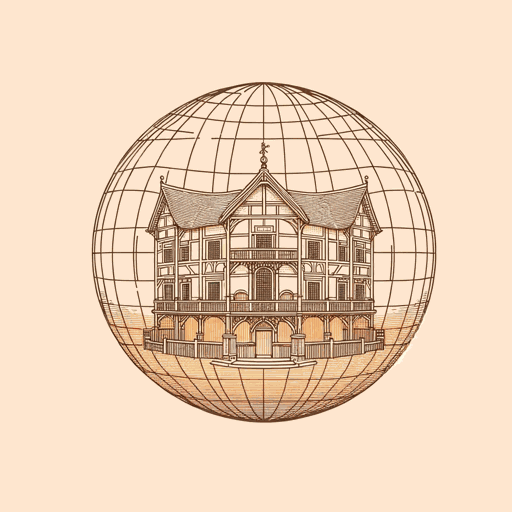67 pages • 2 hours read
Gary L. BlackwoodThe Shakespeare Stealer
Fiction | Novel | Middle Grade | Published in 1998A modern alternative to SparkNotes and CliffsNotes, SuperSummary offers high-quality Study Guides with detailed chapter summaries and analysis of major themes, characters, and more. For select classroom titles, we also provide Teaching Guides with discussion and quiz questions to prompt student engagement.
Symbols & Motifs
The Shakespearean Stage
The Shakespearean stage operates as both a setting and a symbol in The Shakespeare Stealer because it mimics the real lives and roles of the players. The plot of the book unfolds primarily in and around the stage of the Globe theatre, which is where Widge learns his most important life lessons.
The stage is a place where people get to play characters and act out imagined stories, which reflects the larger theme of identity that permeate the book. Readers see the ways in which characters are able to assume new identities to play new roles. This concept extends to characters like Falconer, Widge, and Julia, each of whom assumes new identities in order to achieve his or her goals.
The Shakespearean stage also symbolizes the gender expectations of Widge’s time. The Elizabethan stage was a gender fluid place. That means that normal social roles for men and women were broken down on stage, especially since women’s roles were usually played by young boys. However, that fluidity is reserved only for male characters in Elizabethan England. Julia is cut off from the stage once the other players realize that she is a woman.
Related Titles
By Gary L. Blackwood



